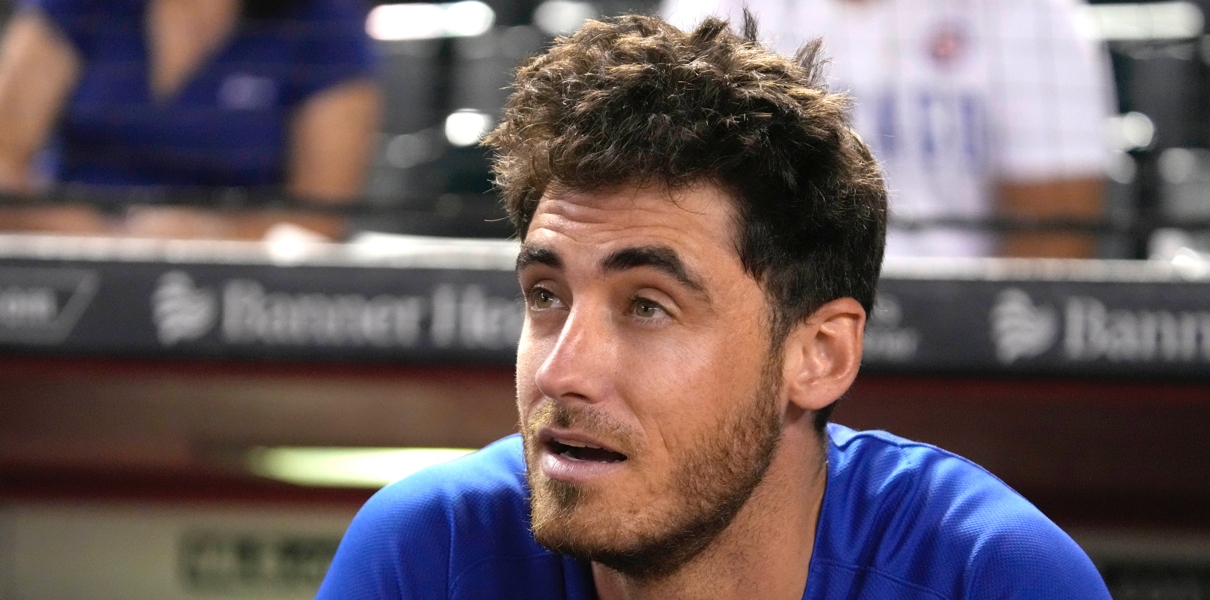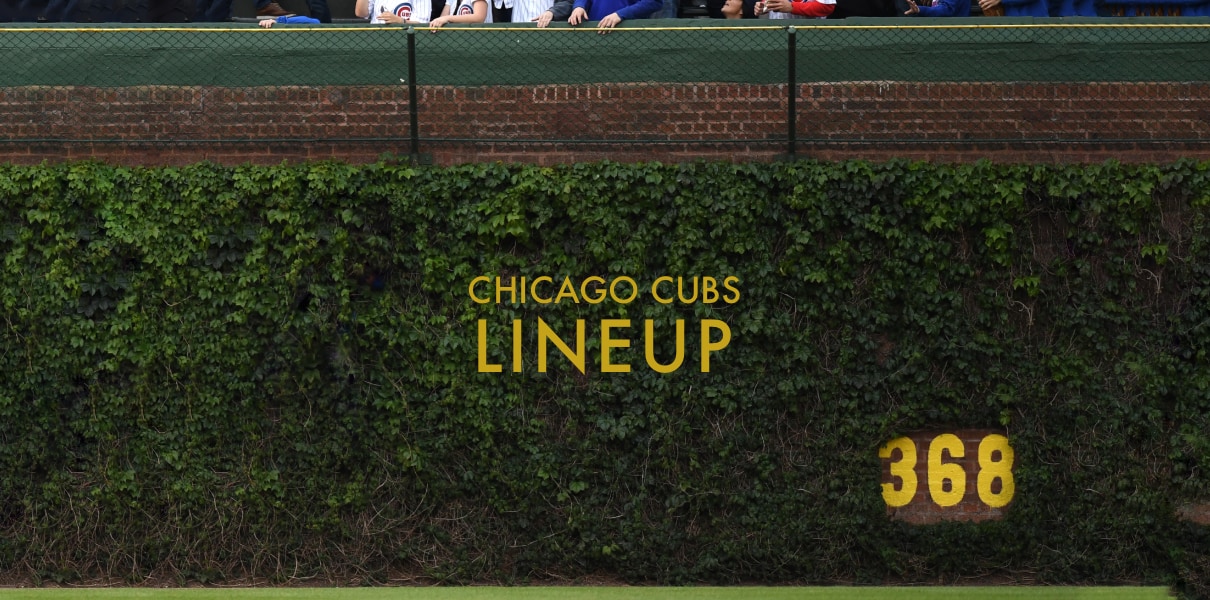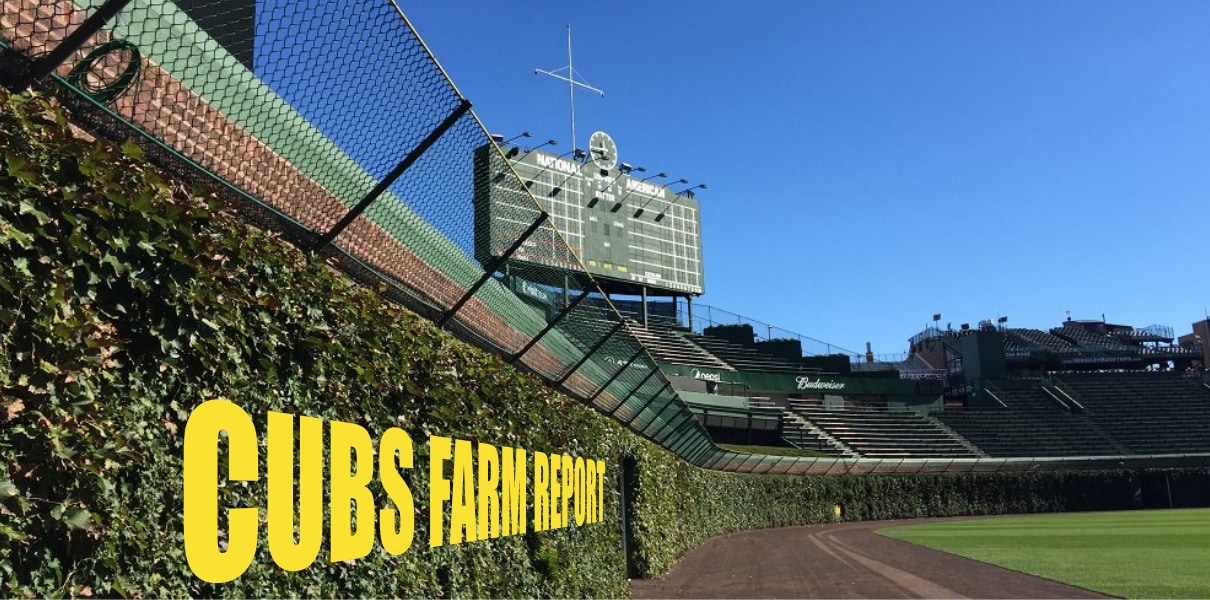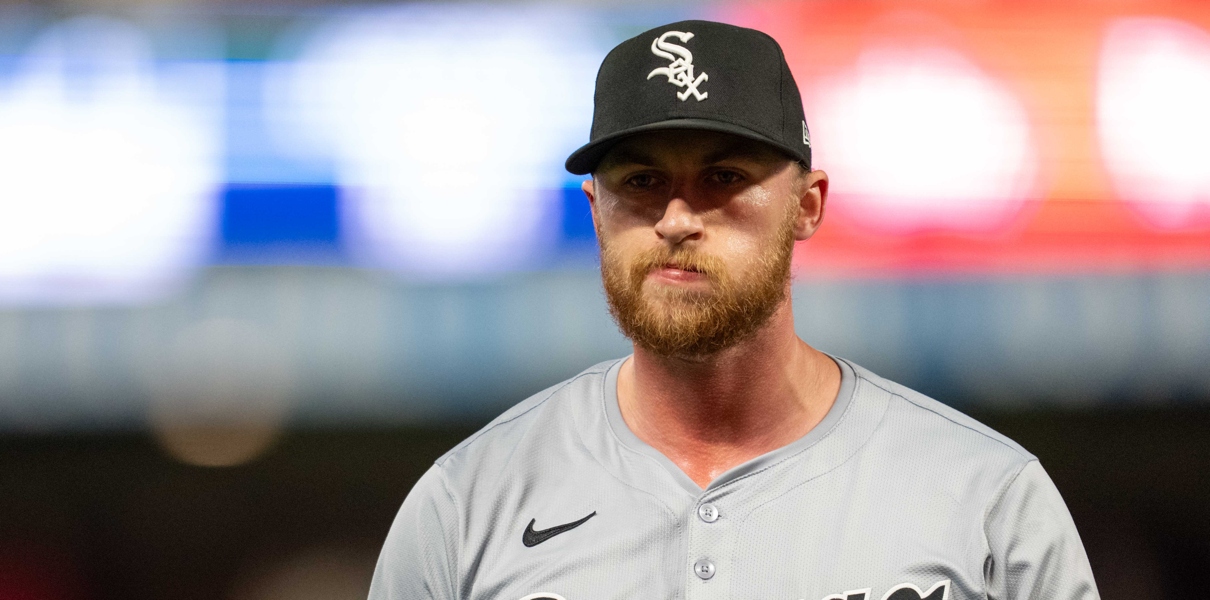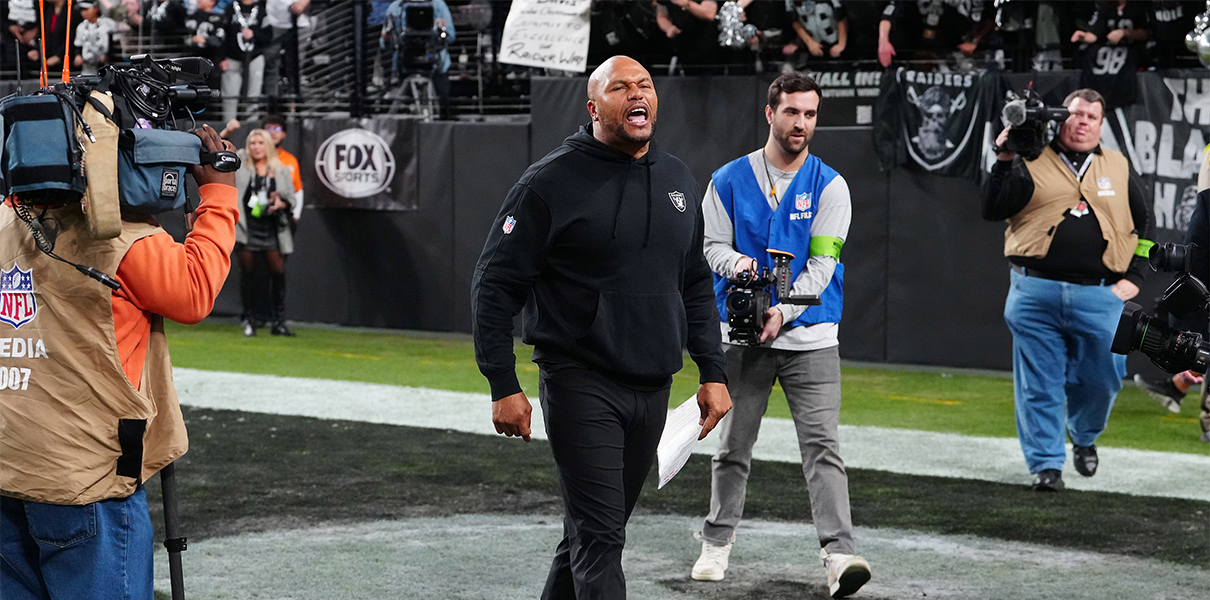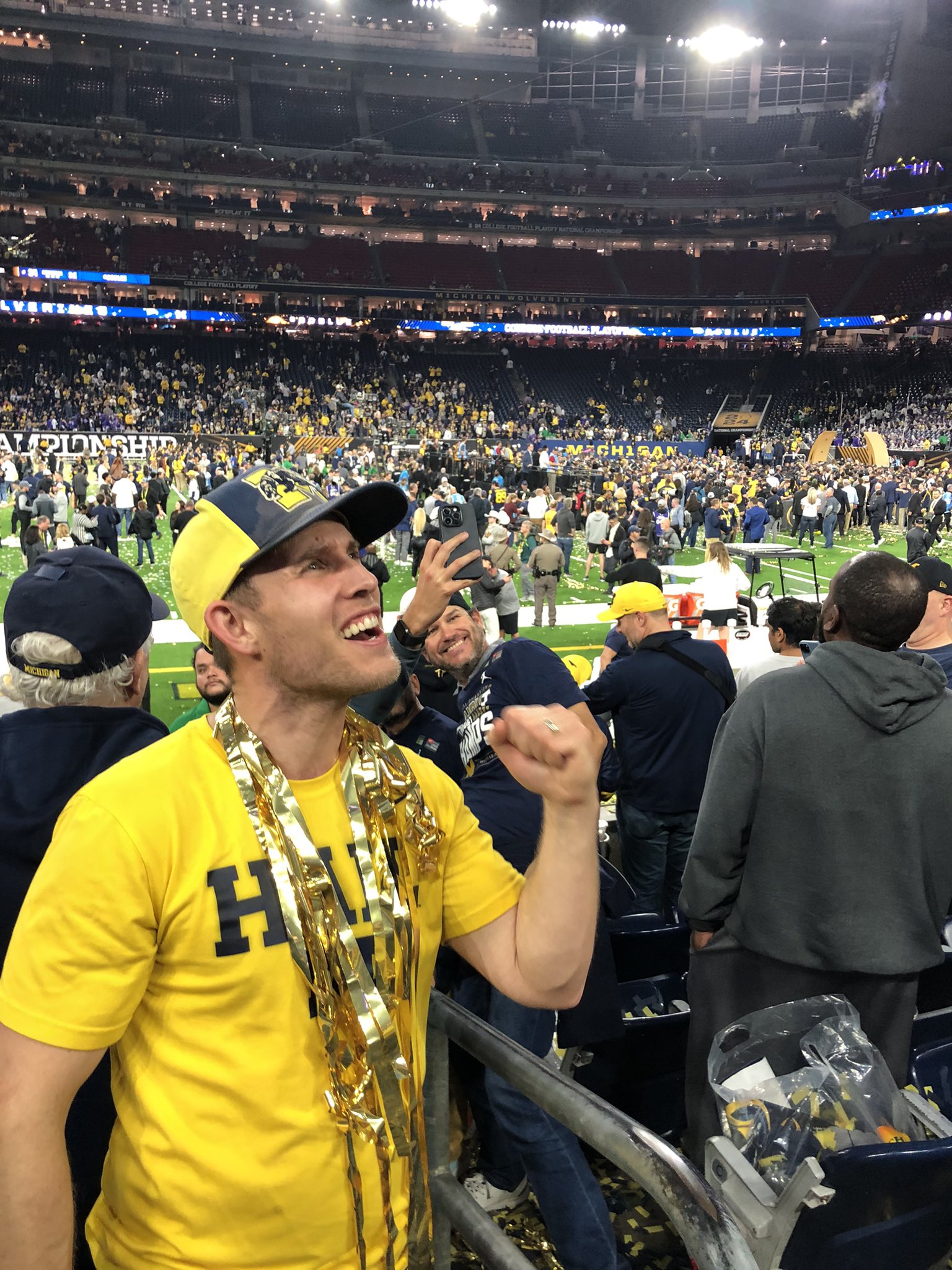Although we can’t say with complete confidence what exactly is happening behind the scenes with the Chicago Cubs and long-time catcher Willson Contreras, we can say a few things for sure:
1.) There have not been substantial extension talks between the sides in a very long time;
2.) The Cubs were willing to trade Contreras at the deadline; and
3.) The Cubs are “definitely” going to make Contreras a Qualifying Offer after the World Series.
You take all of those things together, and it becomes quite clear that the Chicago Cubs are not out there aggressively trying to extend Willson Contreras before he reaches free agency. Thus, they see it as an acceptable outcome that Contreras may sign elsewhere in free agency. Thus, they must have some kind of plan – or decision tree of possible plans – behind the plate for 2023.
… but, uh, what the heck is it?
Well, I think it’s been pretty easy for now to punt on the question (as Jed Hoyer and Carter Hawkins effectively have) until after the Qualifying Offer deadline, because until then, it remains possible that Contreras could wind up under contract with the Cubs for 2023. Remember, it is conceivable that he and his agent will see the one-year, $19.65 million Qualifying Offer as the best path (and then hit free agency again next year NOT attached to draft pick compensation). If that happens, the entire pre-emptive catching question for 2023 changes dramatically.
But at some point we have to start talking about what the Cubs will or can do in the very likely event that Contreras signs elsewhere.
To that end, there are a couple things I’ve seen at The Athletic that underscore, if not the Cubs’ explicit plans, the thinking that will inform them.
For example, there was a Yan Gomes profile in late September that was just dripping with quotes from all over the organization about how well he works with the pitchers, how valuable he is in-game, how he does everything you’d want a catcher to do, even if he isn’t hitting well. At the time, I mostly thought about it as simply a glowing review of Gomes’ work on the year – which, well, it IS that, but it’s also possibly a bit of a template for how the Cubs want to think about the catching position going forward. Not just because they already have Gomes under contract for 2023, but also because they may want to pair him (and P.J. Higgins) with another catcher like that.
In fact, check this section out, and think about how now-Cubs-GM Carter Hawkins was working his way up in the Cleveland organization at the time:
Yan Gomes came to Cleveland from Toronto as part of a small trade for a reliever. When he arrived, his manager Terry Francona had a simple message.
“(He) put it in my head that my job was to get the pitching staff through the game,” Gomes said. “That’s how we’d win the ball game. If I got hits, it was a plus in his eyes. If I carried that mentality, it gave me a different focus. You have two different sides you have to focus on, but you keep them separate. Tito and Sandy Alomar were two guys who instilled that in my mind.”
If Terry Francona was making that the message to Gomes upon his arrival, then it’s a pretty good bet it was the organizational message, too. Any chance that’s instructive on how the Cubs – who brought Hawkins in from the Cleveland organization – now view the catching role?
Consider that manager David Ross was himself a catcher in that mold, where it was entirely about the value you provide to the pitchers. Look at how Ross talks about Gomes in the piece:
– “What stands out to me is how he communicates with the pitchers. He uses a lot of his experience to navigate through a game. Even when he may not know these guys completely, he’s making adjustments really quickly. He’ll get off game plan if he needs to or just hammer their strengths. Guys throw well to him and he’s just a calming presence back there with how he handles a game.”
– “He’s about the right things, he communicates and has the right messaging. He sees trouble areas and tries to address them. It’s all so important.”
– “There’s a lot that goes into game management that can’t be put in numbers. There’s a calming effect he brings to pitchers that not everyone has. It comes from the fact that he’s seen a lot, he’s been a part of a lot of winning, he’s been in the highest leverage situations and he knows how to handle that stuff.”
– “Offense gets hard to find because pitching is so good. But the pitching and catching work in tandem, those two guys are a unit. It’s extremely rare in the majors that a pitcher can do their thing, read swings and be really effective regardless of the catcher.”
I won’t put any words in Ross’s mouth, but I will say that I haven’t seen that kind of discussion about any other Cubs catcher in recent memory. That isn’t a shot at any other Cubs catcher, but is instead me emphasizing how much Ross seems to love the things that Gomes does without a bat in his hand.
So, again, I suspect we’re getting a loud-and-clear signal from the Cubs that their strong preference is to use big-money resources elsewhere, and stay focused on defense and pitcher-support behind the plate. Gomes, specifically, is a part of that, but it will probably go beyond him.
For example, thoughts from a separate Athletic piece on the Cubs’ needs behind the plate going forward:
The Cubs seem willing to focus on defense and game planning with the catcher’s position, sacrificing offense in the hopes other areas are upgraded. Look for them to find someone with a similar skillset as Yan Gomes, who posted a 106 wRC+ in the second half and who has shown a trend over his career that he’s close to league-average on offense once he’s settled with his pitching staff. If the focus is defense and intangibles with offense expected to come from other positions, Christian Vázquez, Omar Narváez and Tucker Barnhardt each make sense to some degree.
To be sure, the article notes the possibility of a one-year deal with Contreras based on the Qualifying Offer, but even in that discussion, there is still a question of whether Contreras would even *BE* the number one catcher anymore if he returned (as opposed to a part-timer who also did a whole lot of DH’ing).
So, then, taken together with the Cubs’ actual behavior in relation to the catching position over the past year+, it’s hard not to conclude that the plan – such as there is one just yet – is to move on from Contreras, and focus explicitly on landing another pitcher-first, defense-plus catcher.
We will, of course, first follow the Qualifying Offer decision process. That comes a week after the World Series, and then Contreras will have a week to make his decision. A surprise is still possible. But if I were reading the tea leaves, I’d say the plan is to go another direction.
At a personal level, I’ll be sad to see Contreras depart. At a Cubs fan level, I can envision a scenario where it is nevertheless the right decision … assuming they are successful in adding the kind of catcher discussed here, *AND* are successful in adding a significant bat (or two or three) to help replace the offense they’d be losing in Contreras.






